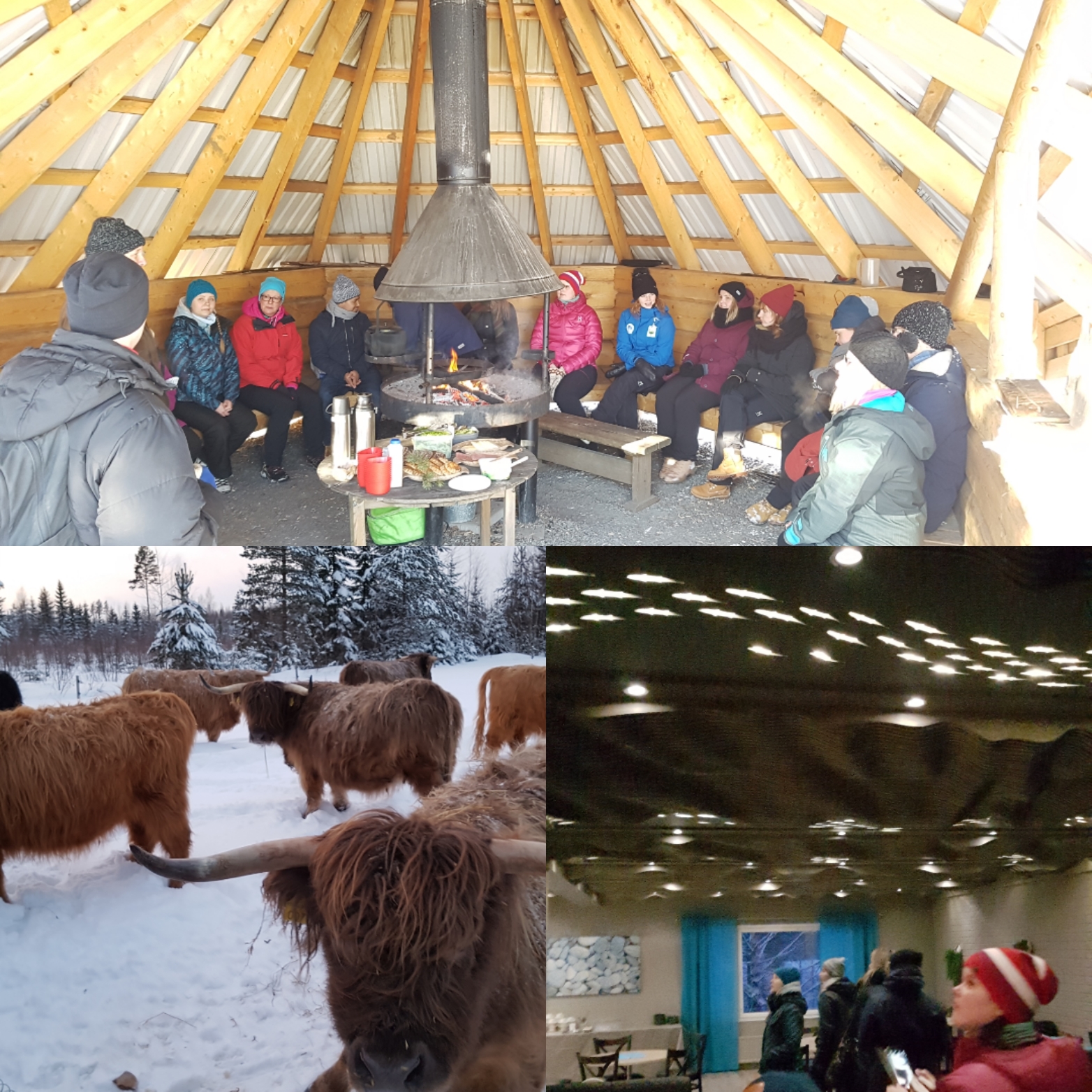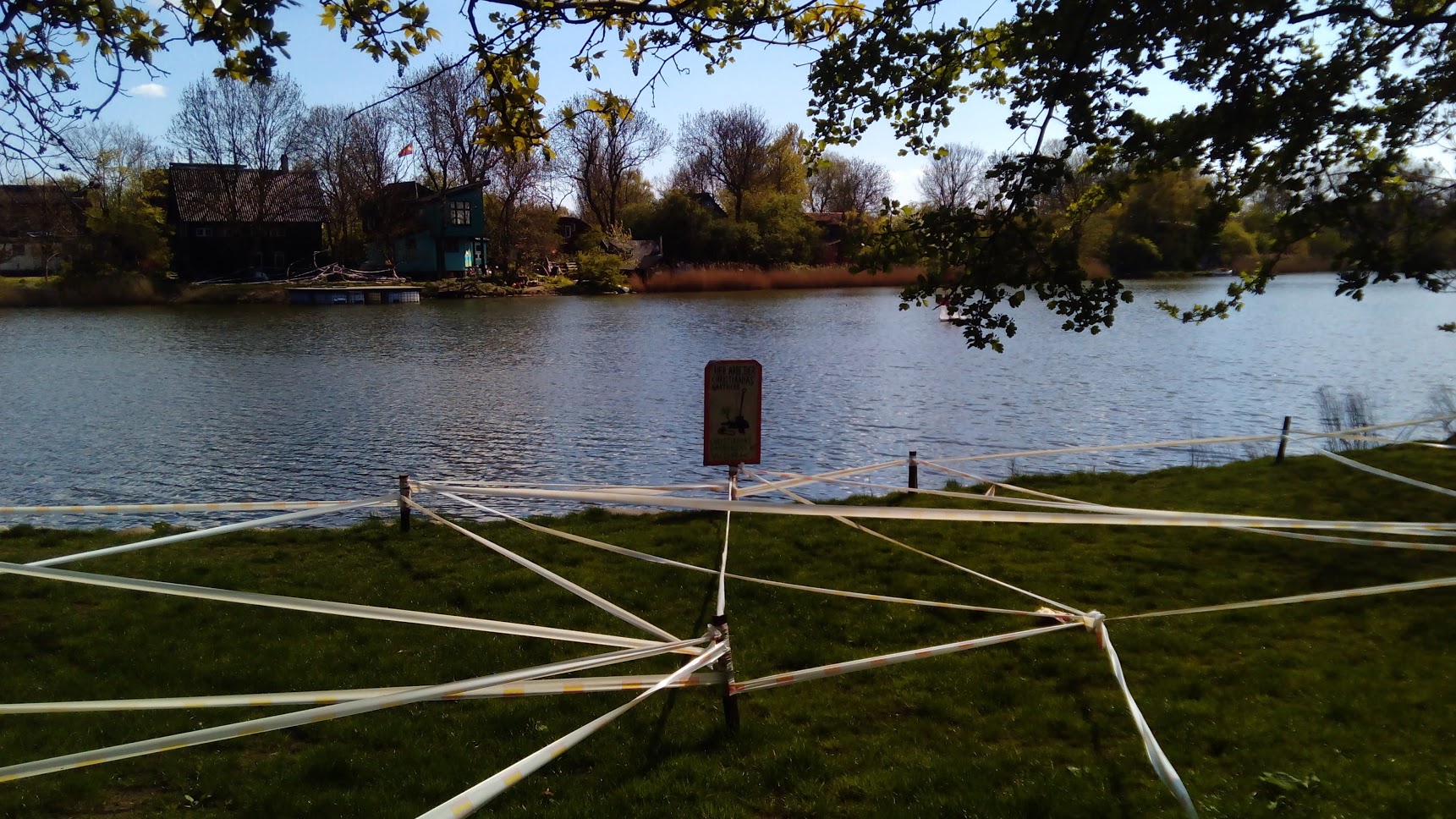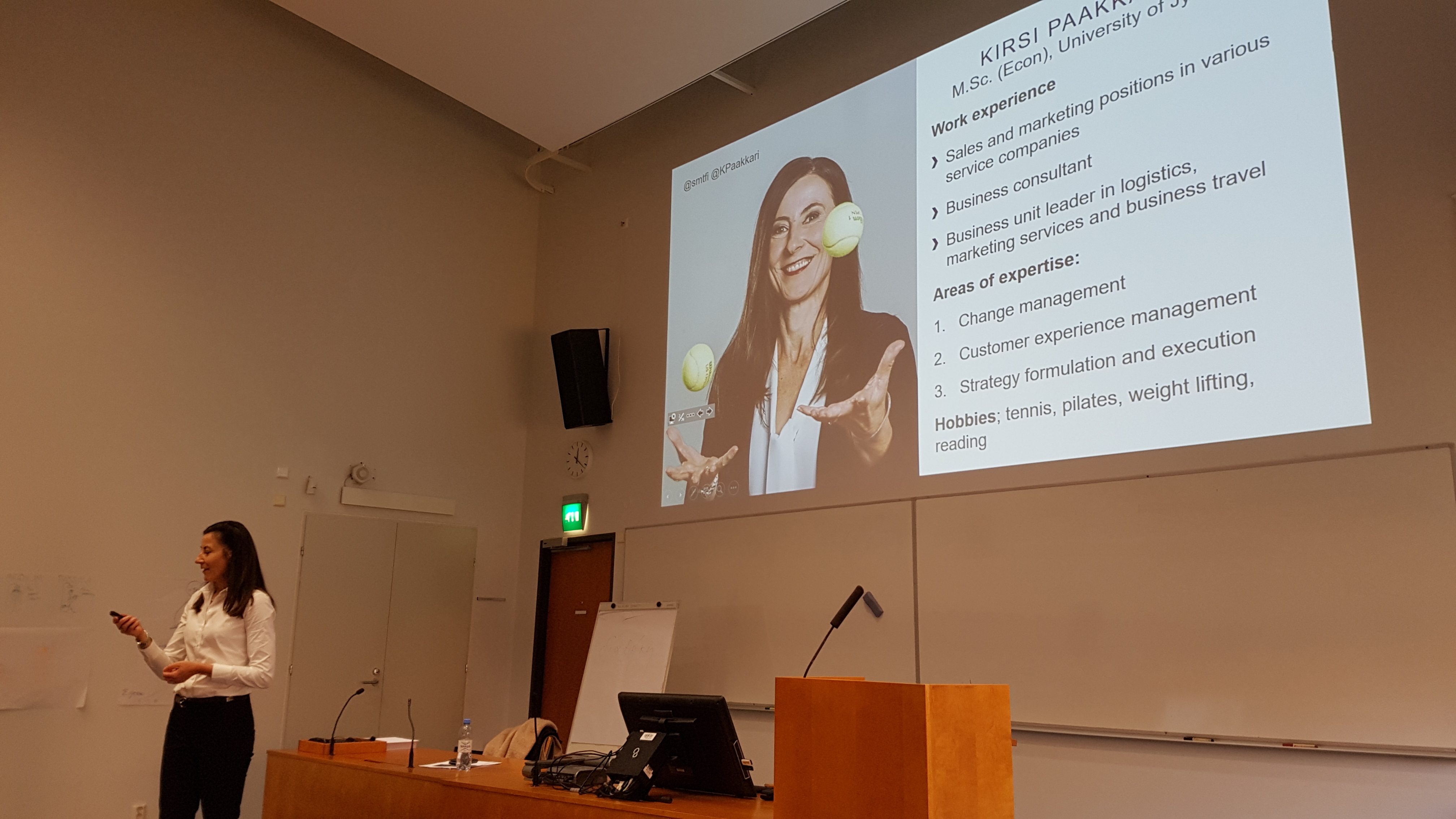
Will blockchain shake the paradigm of tourism?
Understand the Blockchain Traditionally, when referring to information and communication technology, we are familiar with the concepts of the Internet of Things (IoT), robotics, contactless technology, and social media since these technologies are highly implemented in our everyday life. Conversely, when blockchain is addressed on the table, we tend to avoid this concept due to […]

How information technology can help in customer relationship
The customer comes first. Classy saying, right? Surely that guideline, or perhaps a cliché, creates some kind of thoughts in your head. Do you consider it important? Customer relationship is also such a classic term in the business world. Well, that for sure is essential! However, which elements in customer relationship matter the most for […]

TMM developing tourism business at Etelä-Konnevesi region
Our International Master’s Degree Programme in Tourism Marketing and Management (TMM) has started a collaboration with municipalities of Konnevesi and Rautalampi and tourism stakeholders in the region. The concrete first step in this collaboration was a two-day workshop on developing nature tourism in the Etelä-Konnevesi region, organized in Konnevesi research station 14.-15.3.2018. Together with Anne […]

From Marketing Strategy to Values Strategy
Having been processing the concept of marketing strategy during the ongoing autumn due to our course on destination marketing, the concept of strategy has been wandering in my mind. What does it actually mean and how important is it for a (tourism) company? Applying the concept of strategy In his book Valonöörin käsikirja (A lightneer’s […]

Management by wellbeing
Mindfulness, victorious corporate culture, growth rates that the board cannot accept, going to the gym with your bosses, hiring a personal business coach, fighting loneliness… does not sound like a traditional Finnish management style, does it? In one company it is. Managing corporate culture and people at SMT Our Tourism Marketing and Management Programme had […]
Welcome to Tourism Marketing and Management
Welcome to the blog of International Master’s Degree Programme in Tourism Marketing and Management by University of Eastern Finland. This blog is an essential part of the programme and will bring forth the ideas and news from the programme. We aim to build a significant international platform for making tourism better with this programme and […]